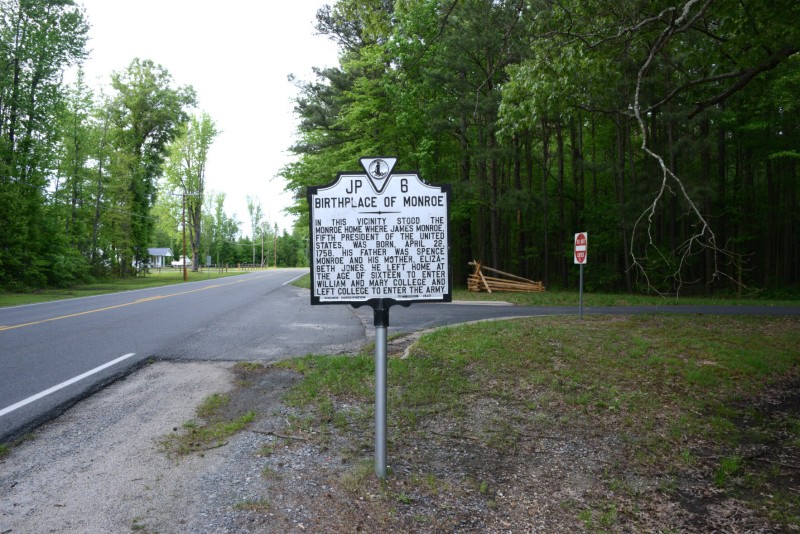
James Monroe, last of the Founding Fathers presidents, was born in 1758 at a plantation in a house built by his father five miles up the Potomac River from George Washington’s birthplace.
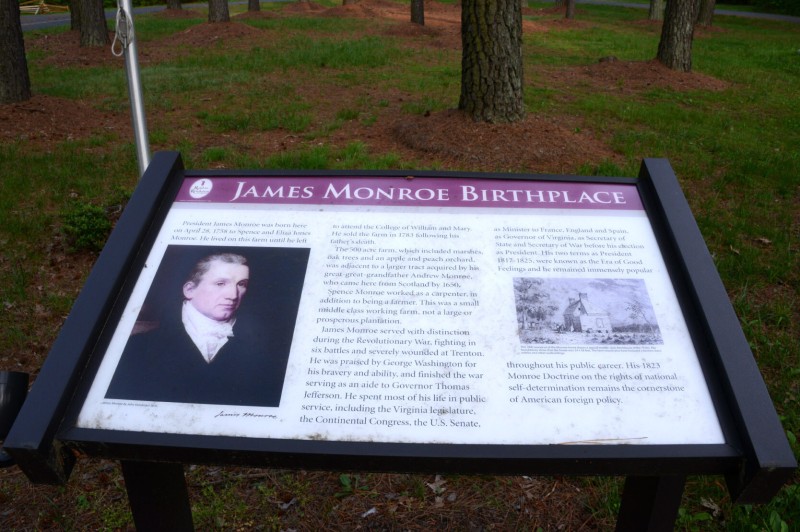
Monroe lived there until 1774, when he left for college. His parents died that year, and his studies were interrupted by the Revolutionary War, which he joined as a soldier.
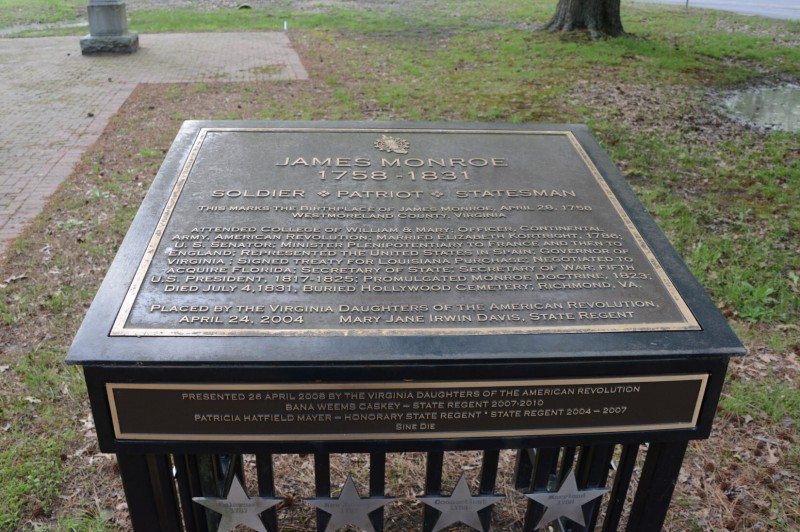
After the war, Monroe opened a law practice in Fredericksburg, and sold his land, including his birthplace, in 1783.

It changed hands many times since then, and the house slowly fell down, then disappeared completely, as the land became a local dumping ground.
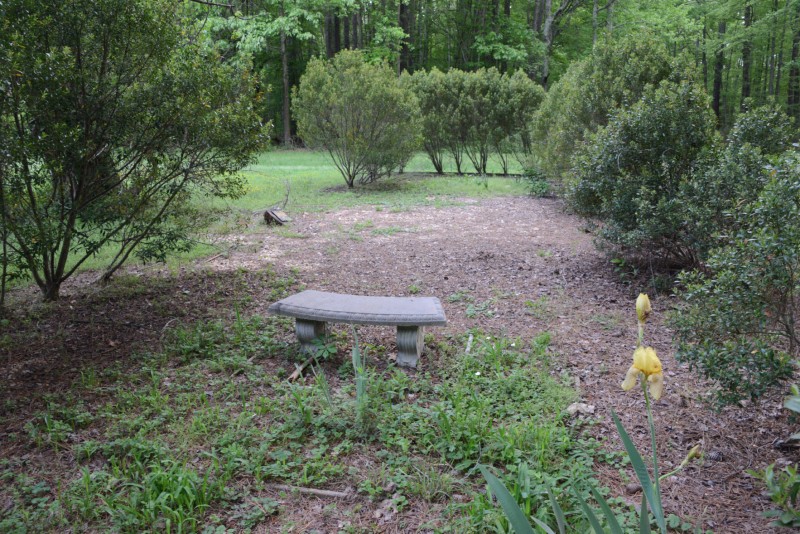
Efforts to develop and preserve the birthplace started in 1923, led by some of his descendants, but these early attempts generally failed.
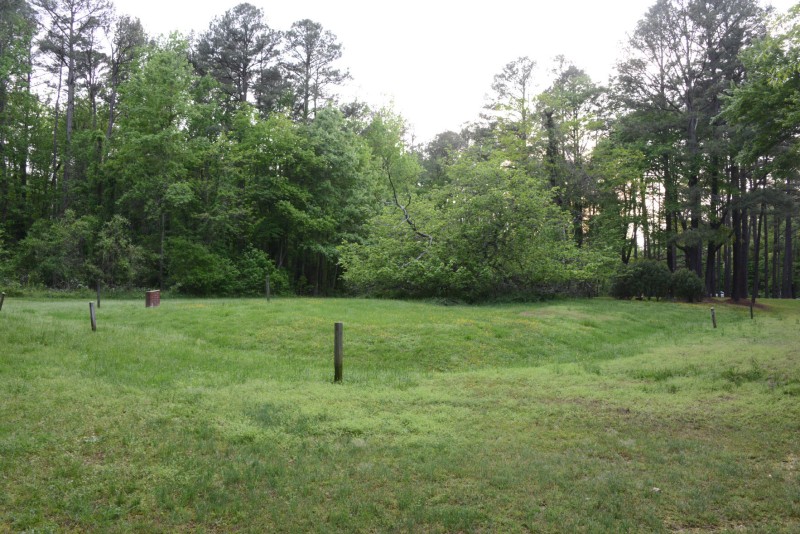
The foundation of the house was discovered in the 1970s, and the National Park Service was approached, but declined to get involved.
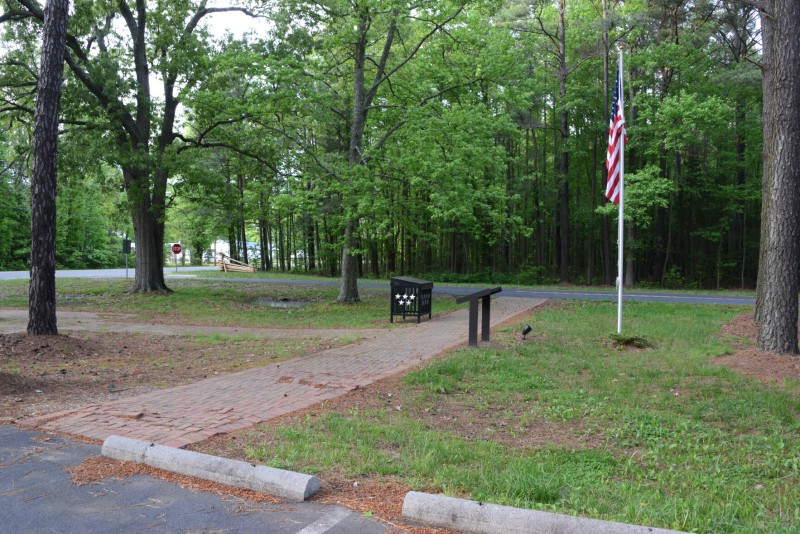
A historic marker was erected in 1987, adding to brickwork, a roadway, and other improvements.
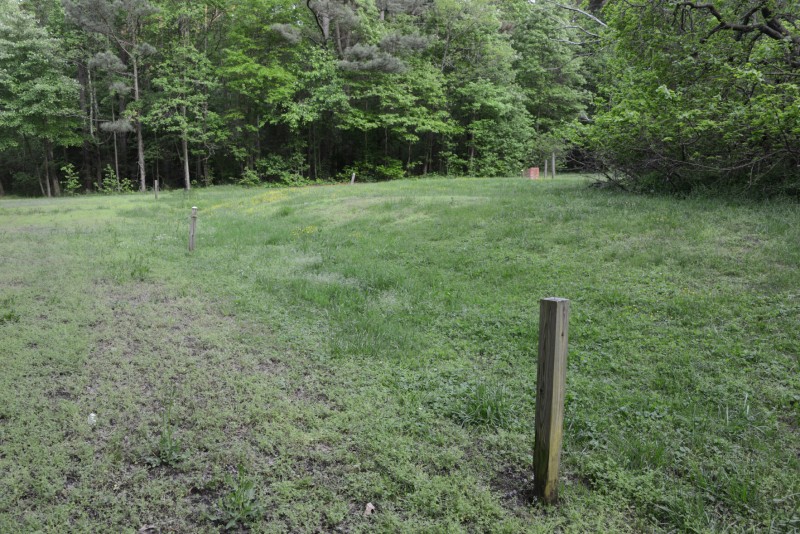
Wooden posts mark the house mound.
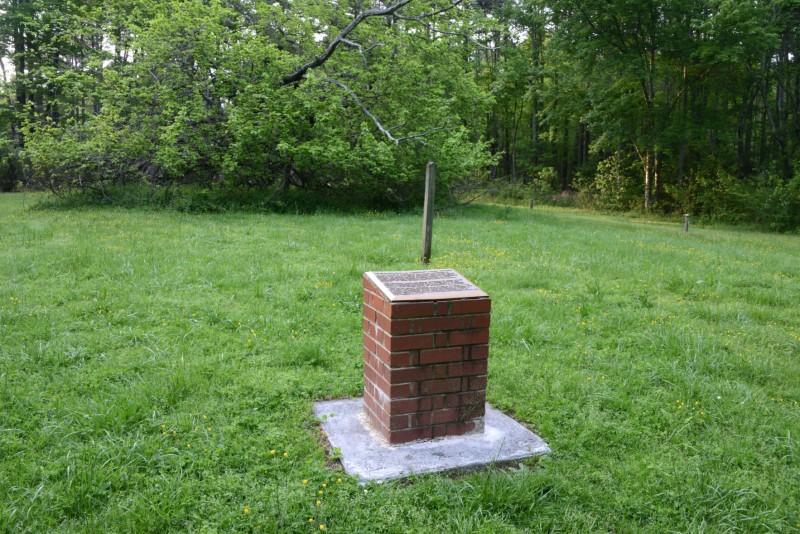
A marker was put in the middle of the house site and dedicated in 1989.

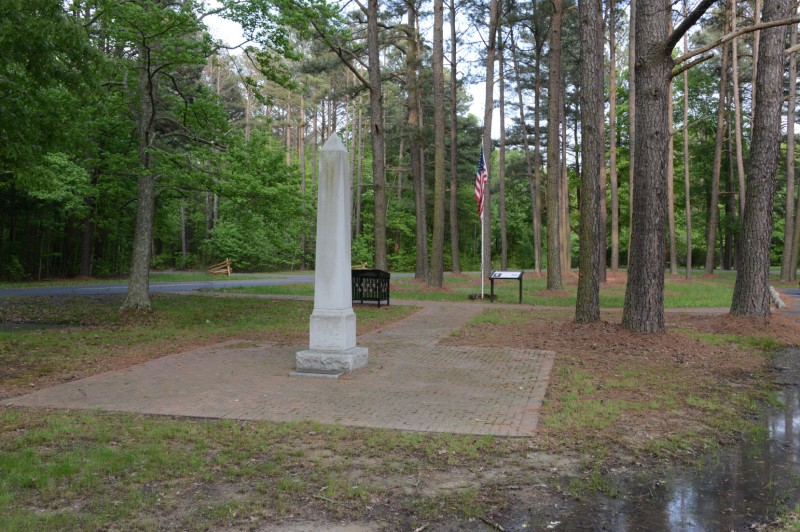
An obelisk was installed and dedicated in 1993.
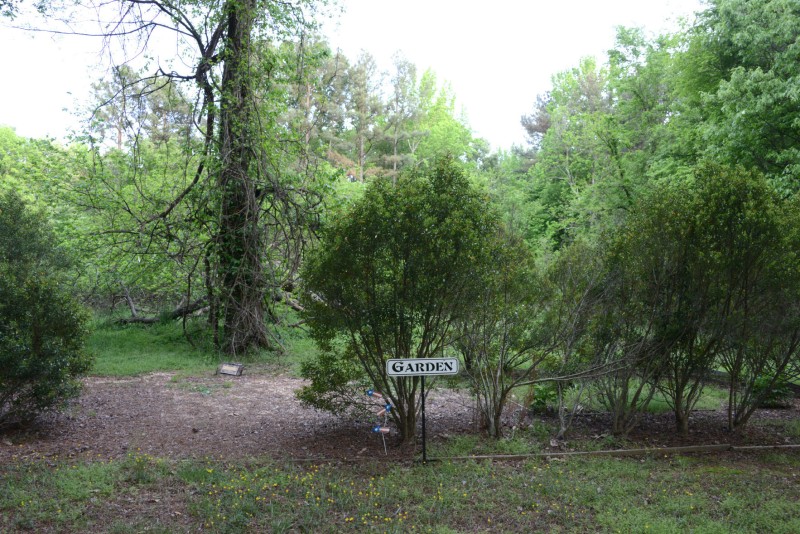
A statewide garden club planted a memorial garden there in 2004.
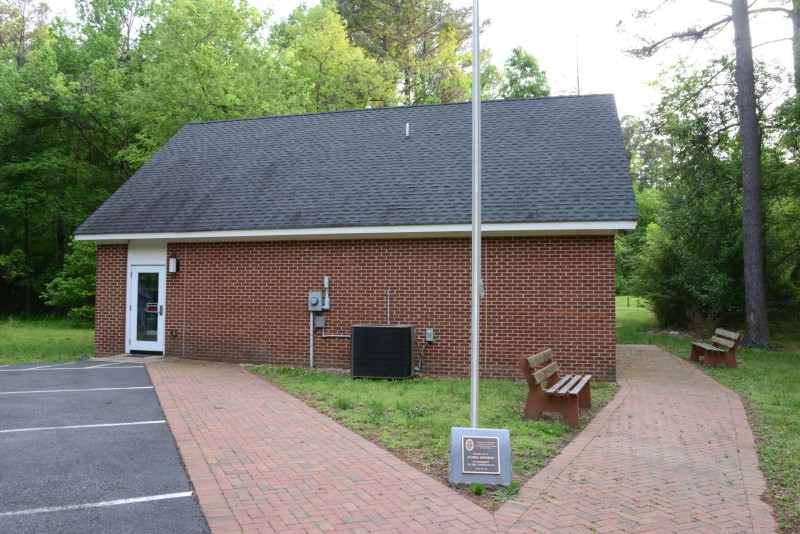
In 2005 a memorial foundation was given a 99-year lease on the property, and in 2008 a small visitor center opened.
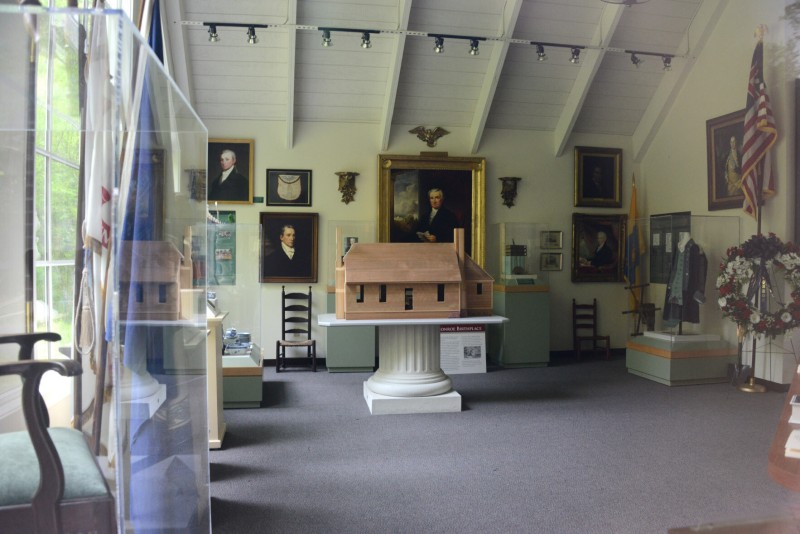
Inside is a model of the original house. There are hopes to reconstruct it at full scale on the site, someday.
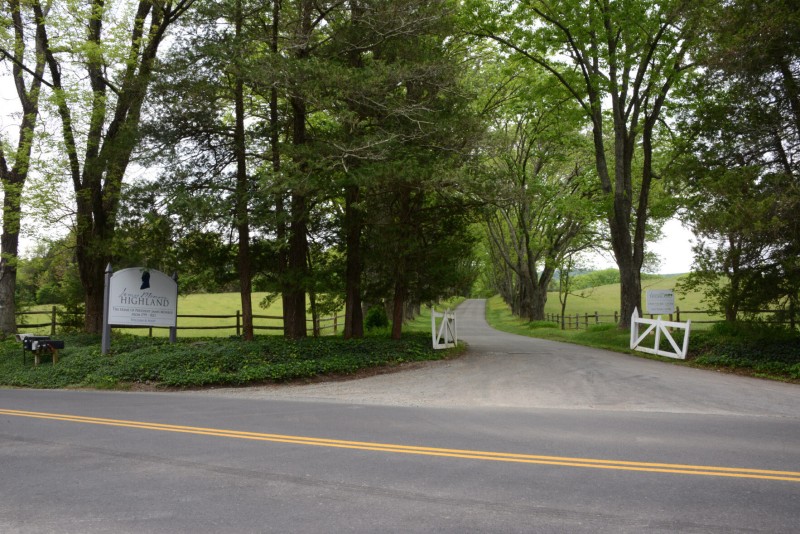
In 1793, James Monroe and his wife purchased 1,000 acres next to Monticello, and eventually amassed a 3,500-acre plantation called Highland.
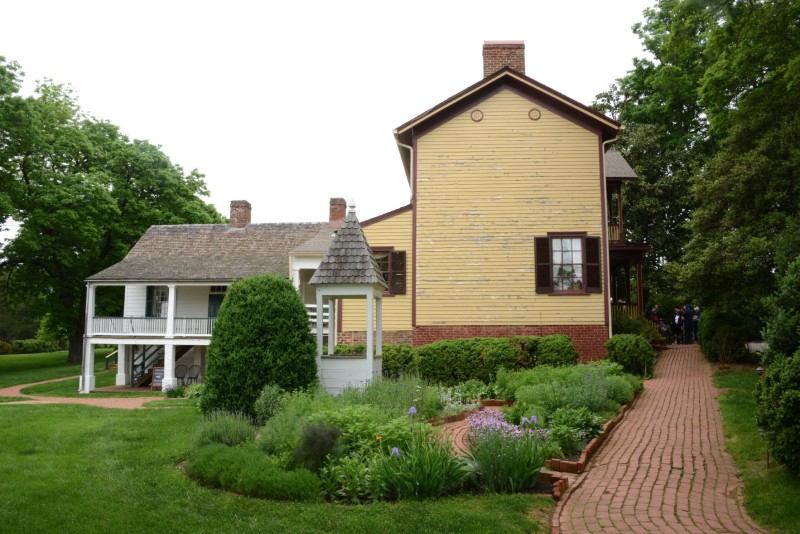
Though they owned other properties as well, this was their principal residence from 1799 to 1823.

Subsequent owners called it Ash Lawn, and opened it to the public in 1931. It was donated to the College of William and Mary in 1974, which has operated it as a historic site since then.

There is a visitor center, multiple structures, and gardens, all maintained by a $1million annual budget, a pittance compared to the $27 million for annual operations at nearby Monticello.
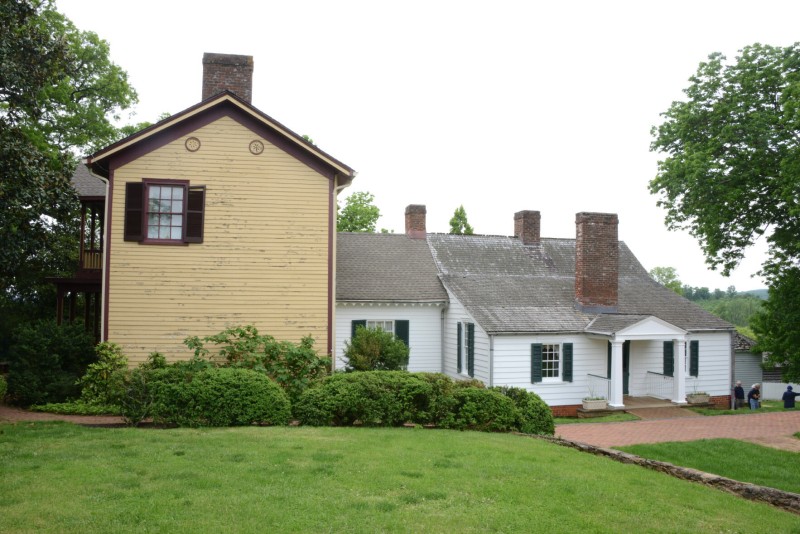
However, recent excavations led to an announcement, in 2015, that the existing house, thought to have been the Monroe’s principal residence, was actually likely just a guest house.

A much larger foundation was uncovered, which probably had burned down after the Monroe’s sold the property.

During his presidency he began work on a grand mansion closer to Washington DC, at Oak Hill, a property he inherited from his uncle in 1808. He retired there in 1825. In 1830 he sold Oak Hill and all of his properties due to financial difficulties, and moved to New York City to live with his daughter.
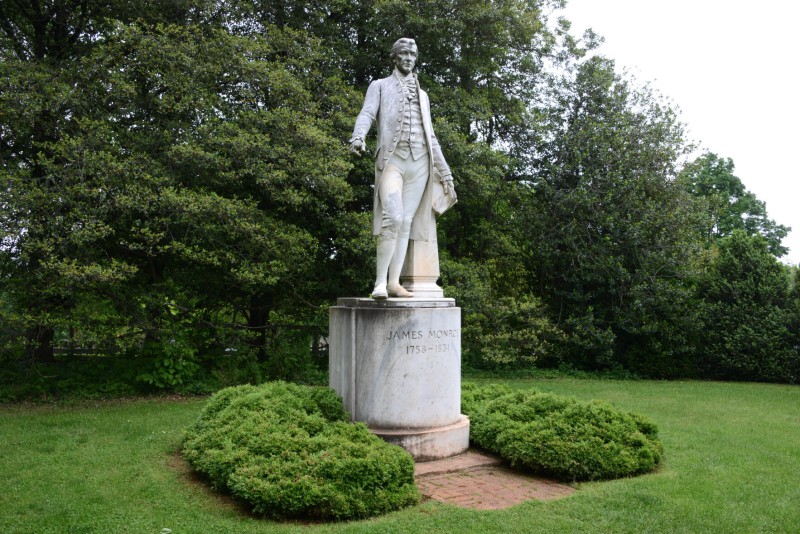
Monroe died there the next year, on the 4th of July, the third president, after Jefferson and Adams, to die on the nation's birthday.
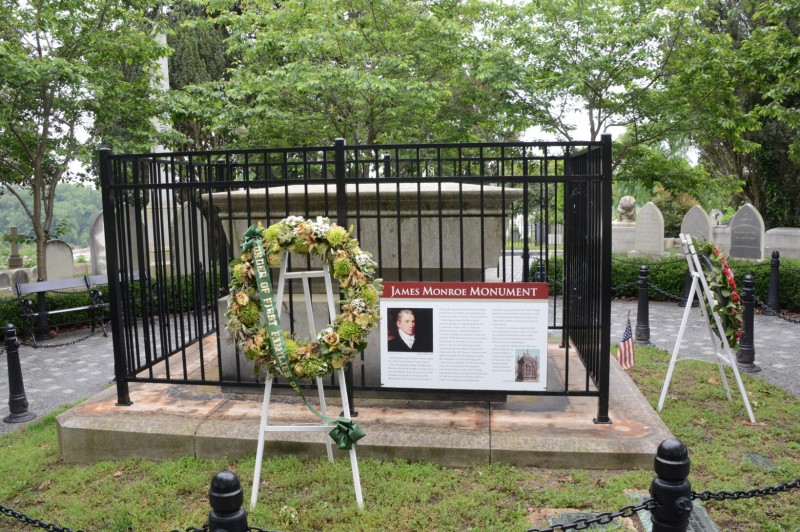
In 1858 James Monroe was disinterred and brought to the Hollywood Cemetery in Richmond Virginia, with much ceremony and fanfare.
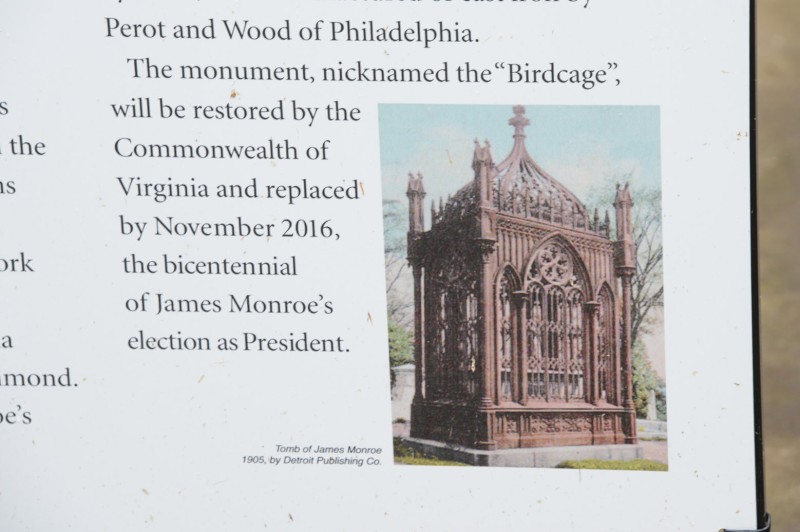
An ornate gothic revival cage was constructed as a tomb, as if to trap him there. In 2016 the cage was removed for restoration, in preparation of the celebration of the bicentennial of his election as president.

The Hollywood Cemetery overlooks the city of Richmond and the James River.
